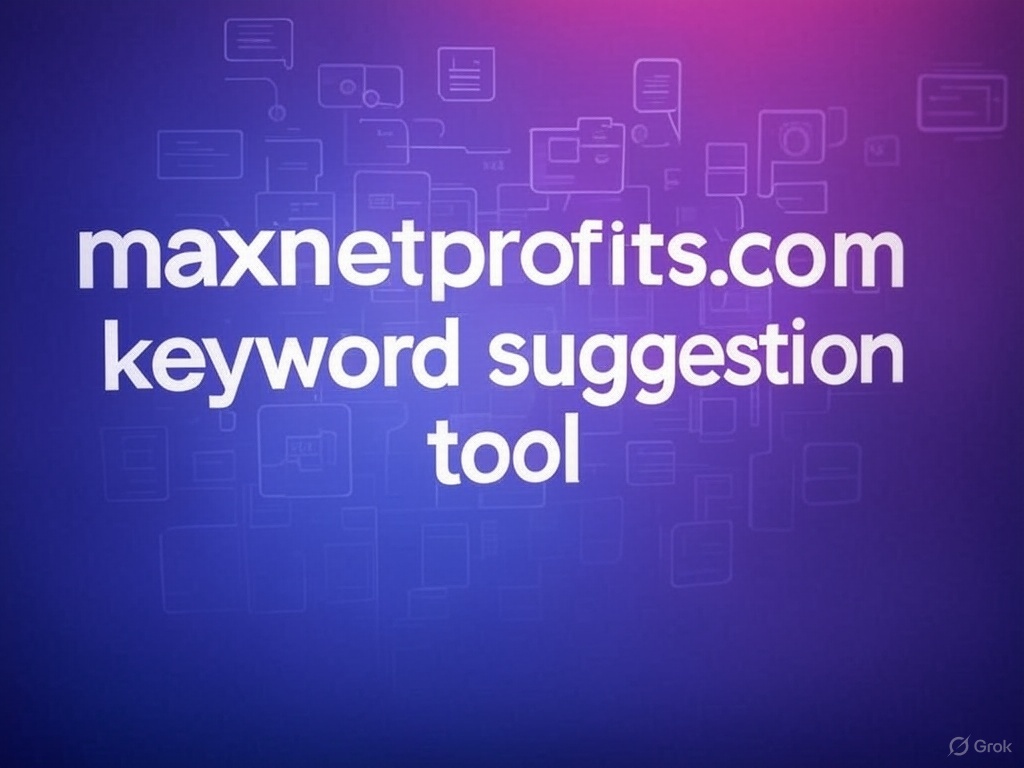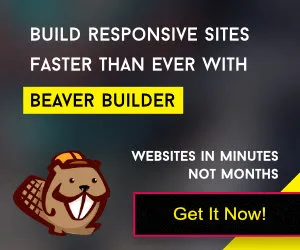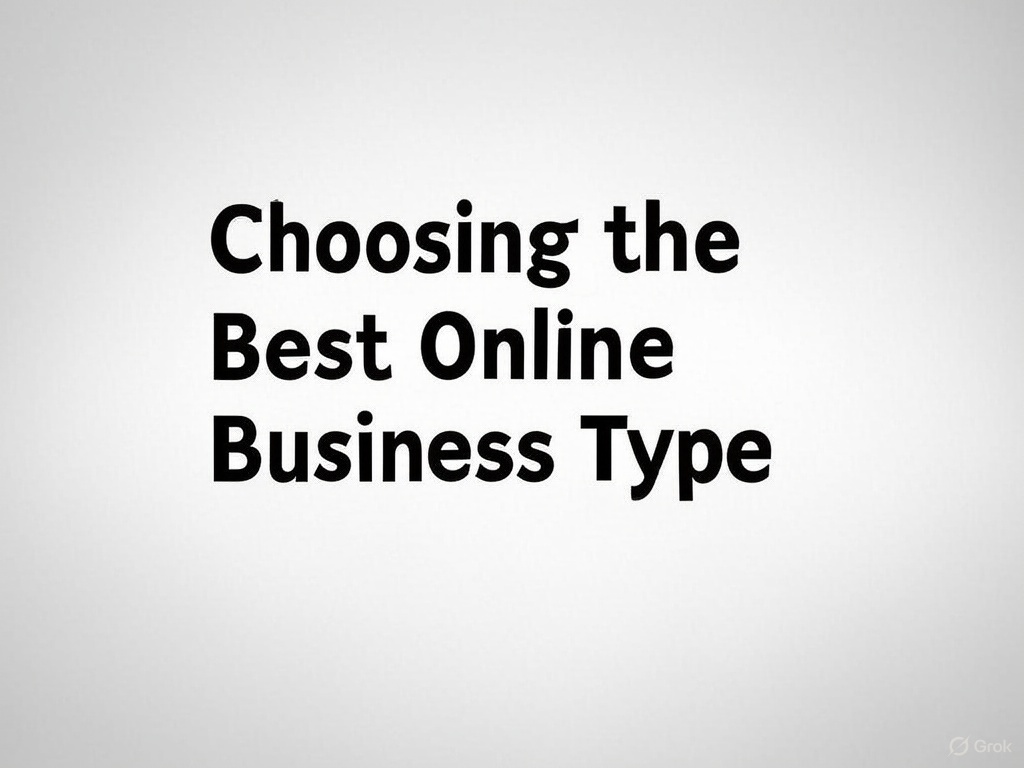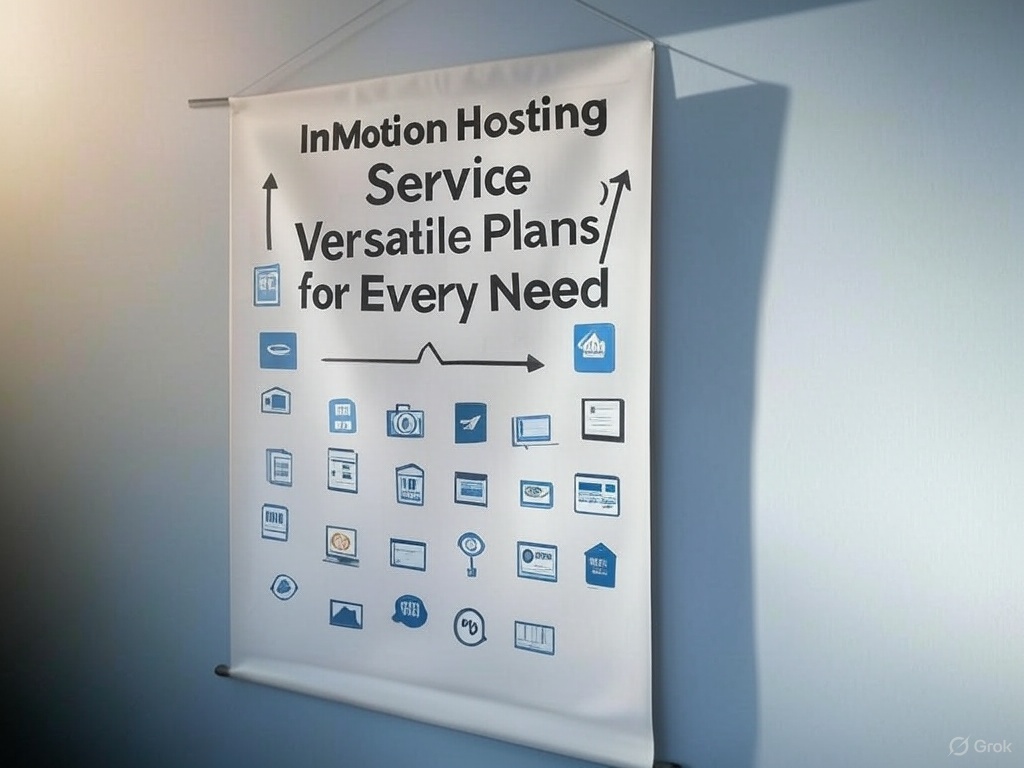MaxNetProfits.com serves as a comprehensive guide for entrepreneurs embarking on the exciting journey of building a successful online business. The website offers a step-by-step approach, beginning with the crucial task of selecting the perfect niche. It emphasizes the importance of finding a sweet spot between personal passion and market demand, ensuring that you choose a niche that not only excites you but also has potential for profitability and growth.
Once the niche is identified, this website walks you through the process of laying a solid foundation for your online presence. This includes creating a user-friendly website that reflects your brand’s identity. The platform provides valuable insights on essential elements such as website design, domain registration, and hosting selection, ensuring that you create a professional and engaging online presence from the outset.
Choosing a Niche
To pick a profitable niche for your new website, use data to guide you. Start with topics you like or know, then find smaller, specific areas with growth potential and money-making opportunities. Check out competitors to spot easy wins with less competition. Choose niches with excited fans or ones that fix clear problems—these make more money. Look for niches with extra products that boost profits and customers who care a lot or need solutions fast. Use keyword tools to check search popularity and competition and browse online groups to learn what customers want.
Marketing tools that help determine a profitable niche include:
- Seodity’s Free Niche Finder – for discovering low-competition keywords
- Ubersuggest – keyword suggestion tool, spot winning keywords
- Amazon Best Sellers – for product trend analysis
- maxnetprofits free keyword suggestion tool – Free keyword suggestion tool.
- Google Search Console – for understanding search queries related to your niche
- Google Trends – for analyzing topic popularity over time
- Google Keyword Planner – for search volume and competition data
- Ahrefs – for comprehensive keyword research and competitor analysis
- BuzzSumo – for content ideation and trend analysis
- Flippa – for researching successful websites in various niches
Getting a Domain Name
Choosing a domain name and hosting service is an exciting first step to launching your website, whether it’s for a blog, business, or personal project. A domain name, like “yourwebsite.com,” is your online address, making it easy for people to find you. Hosting, on the other hand, is like renting a space on the internet to store your website’s files so it’s accessible 24/7. This guide will walk you through the process in a simple way, ensuring you make smart choices that set you up for success.
Or Get Domain Name with a WordPress Hosting Service
- InMotion: InMotion Hosting provides reliable, high-performance web hosting solutions, including shared, VPS, dedicated, and WordPress hosting, with 24/7 U.S.-based support and a 90-day money-back guarantee.
- Siteground: SiteGround Hosting offers fast, secure WordPress and WooCommerce hosting on Google Cloud, with daily backups, free SSL, and 24/7 expert support starting at $2.99/month.
- Web.com: Web.com Hosting offers user-friendly shared and WordPress hosting for small businesses, featuring a drag-and-drop builder, free domain, SSL, and 24/7 support, with plans starting at $2.95/month.
- Ionos: Ionos Hosting delivers affordable shared, VPS, cloud, and WordPress hosting with a free domain, SSL, automatic backups, and 24/7 support, starting at $1/month for the first year.
Online Business Types and Top Platforms
| Business Types | Description | Top Platforms (4+ Star Rating) |
|---|---|---|
| Ecommerce | Ecommerce businesses sell physical or digital products online, such as clothing, electronics, or software. They manage inventory, process payments, and handle shipping or digital delivery. These businesses focus on creating user-friendly storefronts, optimizing marketing strategies, and providing excellent customer service to drive sales and build brand loyalty. | Shopify, WooCommerce (WordPress), BigCommerce, Squarespace, Wix |
| Services | Service-based online businesses operate websites to offer professional services directly to customers, such as web design, digital marketing, consulting, tutoring, or coaching. These websites showcase expertise through portfolios, facilitate bookings or inquiries, and often integrate payment systems for seamless transactions. They prioritize user-friendly interfaces, clear service descriptions, and tools for scheduling or client communication to build trust and drive conversions. | Squarespace, Wix, WordPress, Webflow, Duda, HoneyBook, Acuity Scheduling |
| Blog | Blogs are content-driven websites that publish articles, guides, or personal stories to inform, entertain, or educate readers. They generate revenue through advertisements, sponsorships, affiliate marketing, or product sales. Successful blogs target niche topics, optimize for search engines (SEO), and maintain consistent content creation to attract and retain audiences. | WordPress, Medium, Wix, Squarespace, Substack |
| Membership Sites | Membership sites offer exclusive content, courses, or community access to subscribers for a recurring fee. They cater to audiences seeking premium resources, such as online courses, fitness programs, or professional networks. These businesses require robust content management, secure payment systems, and tools to engage and retain members. | MemberPress (WordPress), Kajabi, Teachable, Patreon, Thinkific |
| Digital | Digital businesses focus on creating and selling digital products, such as e-books, templates, software, music, or digital art. These businesses operate entirely online, delivering products instantly via downloads or cloud access. They prioritize product creation, digital marketing, and user experience to reach global audiences and scale efficiently. | Gumroad, Sellfy, Shopify, Podia, Payhip |
- Shopify: Shopify is a leading e-commerce platform designed to help businesses create and manage online stores with ease, offering a user-friendly interface as its main feature and the ability to scale operations efficiently as its primary benefit. It enables entrepreneurs and companies to sell both digital and physical products seamlessly, providing customizable storefronts, secure payment gateways, and inventory management tools. Whether you’re selling downloadable content like e-books or physical goods like clothing, Shopify’s robust ecosystem supports product listings, order processing, and customer engagement. Its versatility makes it ideal for businesses of all sizes, from startups to established brands, looking to establish a strong online presence.
- Woocommerce: WooCommerce is a powerful, open-source eCommerce plugin for WordPress, designed to transform a WordPress website into a fully functional online store. It enables businesses to sell physical or digital products, manage inventory, process payments, and handle shipping with ease, offering extensive customization to suit various business needs. Key features include product management, customizable storefronts, secure payment gateways (e.g., PayPal, Stripe), and robust reporting tools for tracking sales and customer data. Its flexibility makes it ideal for small businesses to enterprise-level stores, with thousands of extensions available to add features like subscriptions, bookings, or advanced shipping options. WooCommerce is free to download plugin in your wordpress installation and use the plugin, but costs can arise from premium extensions.
Setting Up a WordPress Website
Creating a website might seem daunting, but with the right tools and guidance, it’s an exciting journey to establish your online presence. Whether you’re launching a blog, a business site, or a portfolio, this guide will walk you through the process using WordPress, a popular and user-friendly platform. From installing WordPress to choosing themes, adding plugins, securing your site, and ensuring it works on all devices, we’ll cover everything you need in a clear, positive way. After you have secured a hosting service, here are the steps to setting up a website on your hosting server:
Steps to Setting Up a Website
- Install WordPress
- Choosing a Theme
- Choosing and Installing Plugins
- Secure Your Website by Enabling SSL
- Making Sure Your Website is Responsive



 Picking a niche for your new website is a big first step to success. Click here for complete info on finding a niche with demand and not too much competition so your website can grow with steady traffic.
Picking a niche for your new website is a big first step to success. Click here for complete info on finding a niche with demand and not too much competition so your website can grow with steady traffic. Learn the key factors for picking a domain, deciding where to register it, and choosing a WordPress hosting service. Click here for more info.
Learn the key factors for picking a domain, deciding where to register it, and choosing a WordPress hosting service. Click here for more info. Click here for complete details on the
Click here for complete details on the 











